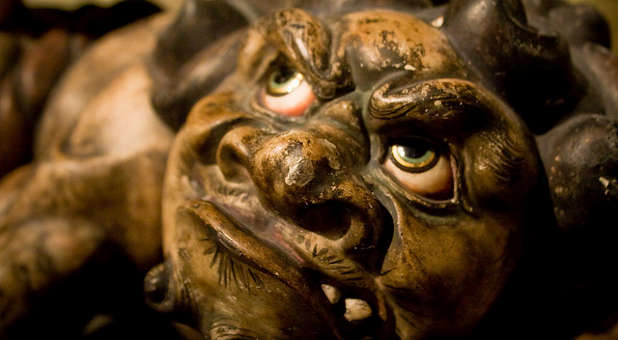7 Weapons the Enemy Uses to Defeat You
6. Bitterness
Unforgiveness gives the enemy a foothold (Eph. 4:26-27). “Give place to the devil” in Ephesians 4:27 means to give him an area of jurisdiction.
Jesus declared in Matthew 18:21-25 that unforgiveness in a person’s heart causes God to have to turn you over to tormentors. Bitterness will bring defiling into every area of a person’s life, relationships and endeavor (Heb. 12:14-16).
7. Condemnation
Satan was the accuser against Job (Job 1:1-12, 2:1-7). He is called “the accuser of the brethren” in Revelation 12:10 and accuses the believer to God day and night. The tactics he uses are domination, intimidation and control. The Midianites used these tactics to keep Israel in bondage to their tyrannical rule in Judges 6:1-5.
In 1 Samuel 17:1-24 we read that the Philistines used this same tactic against Israel with Goliath. The enemy has used this mighty weapon to control people, groups and nations for centuries. The following are some examples of the means used by the enemy in history.
In his book Western Civilizations, Edward McNall Burns says that the Assyrians “depended upon frightfulness as a means of overcoming their enemies. Upon soldiers captured in battle, and some upon noncombatants as well, they inflicted unspeakable cruelties such as, skinning them alive, impaling them on stakes, cutting off ears, noses and sex organs, and then exhibiting the mutilated victims in cages for the benefit of cities that had not yet surrendered. The accounts of these cruelties come from the records of the Assyrians themselves. Their chronicles boasted of them as evidence of their valor.”
The Roman Empire used crucifixion and other means of cruelty to intimidate their subjects. John Foxe, in his book Foxe’s Book of Martyrs, says: “‘In so much that (as Eusebius recordeth) one might then see cities full of men’s bodies, the old there lying together with the young, and the dead bodies of women cast out naked, without all reverence of that sex in the open streets.'”
The Nazi’s used open cruelty to bring intimidation, domination and control. Kazimierz Smolen, in his book Auschwitz 1940-1945: Guide-Book Through the Museum, says: “The prisoners then recalled scraps of information so nightmarish that it could hardly be believed. They went back to the period just after the end of World War I, when the name of Corporal Adolph Hitler had begun to appear … his storm troops (SA), the main purpose of which was to spread terror … demonstrations occurred in Berlin in 1932. … Reich Stag was set on fire. … Unused factories were changed into the first concentration camps. The Nazis had put thousands of Germans behind wires and bars. 250,000 anti-fascists were sent to concentration camps up till 1939, and 32,000 among them were executed with the ax.”






































